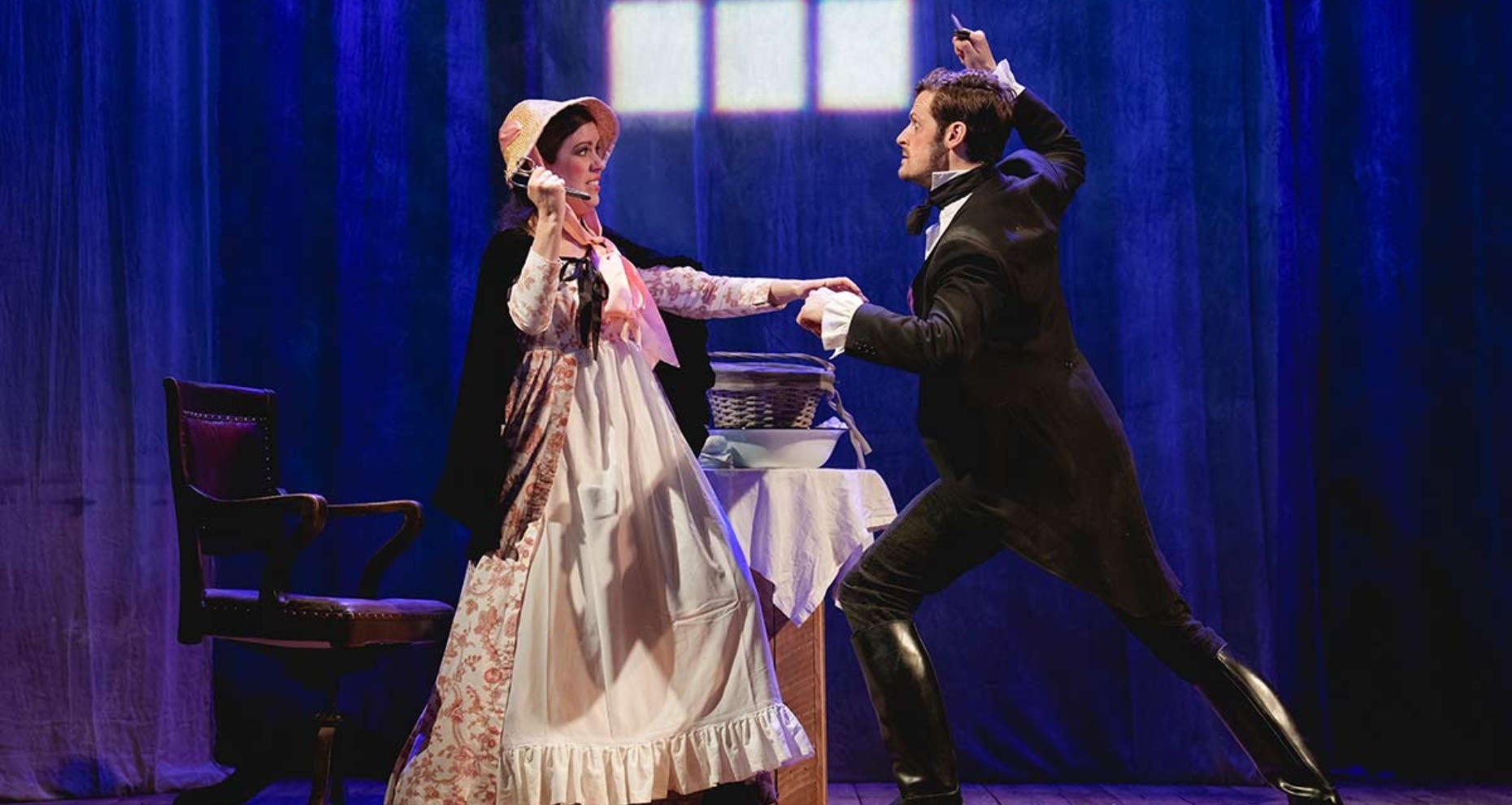
Victorian melodrama, a popular form of entertainment in the 19th century, captivated audiences with its exaggerated characters, moralistic themes, and sensational plots. This theatrical genre, characterized by its heightened emotions and clear-cut distinctions between good and evil, offered a unique blend of spectacle and sentimentality. As we delve into the fascinating world of Victorian melodrama, we uncover a rich tapestry of historical significance and cultural impact. From its origins in the bustling theaters of London to its enduring influence on modern entertainment, the legacy of Victorian melodrama continues to resonate with audiences worldwide.
In this article, we'll explore 10 intriguing facts about Victorian melodrama, shedding light on its enduring appeal and enduring legacy. Join us as we journey through the melodramatic landscape, uncovering the secrets behind this captivating art form and gaining insight into its enduring popularity. So, grab your metaphorical top hat and prepare to be swept away by the grandeur and drama of Victorian melodrama!
Key Takeaways:
- Victorian melodramas were popular in the 19th century, featuring exaggerated characters and clear moral themes, captivating audiences with their larger-than-life stories and captivating spectacles.
- These melodramas addressed societal concerns, showcased the triumph of justice and morality, and continue to inspire modern storytelling, leaving a timeless mark on the theatrical landscape.
Melodramas were a staple of Victorian theater.
During the Victorian era, melodramas dominated the theatrical landscape, attracting audiences from all walks of life. These productions featured larger-than-life characters, intense emotions, and a clear distinction between good and evil, making them immensely popular among theatergoers.
The plots often revolved around virtuous heroes and dastardly villains.
Victorian melodramas were characterized by their straightforward narratives, where virtuous protagonists triumphed over dastardly antagonists. Audiences were drawn to the moral clarity of these stories, where justice prevailed, and the forces of good ultimately conquered evil.
Spectacle and special effects were integral to melodramatic productions.
Intricate set designs, dramatic lighting, and thrilling special effects were essential components of Victorian melodramas. These spectacles heightened the emotional impact of the performances, leaving audiences on the edge of their seats and craving more.
The use of music heightened the dramatic tension.
Melodramatic productions incorporated stirring musical accompaniments to intensify the emotional resonance of pivotal scenes. The evocative melodies underscored the triumphs and tribulations of the characters, eliciting powerful reactions from the enthralled spectators.
Melodramas addressed societal concerns and moral dilemmas.
Amidst the dramatic flair and spectacle, Victorian melodramas often tackled pertinent social issues and moral quandaries. These productions served as a reflection of the societal values and concerns of the era, providing audiences with thought-provoking insights into the human condition.
The "damsel in distress" trope was a recurring motif.
A prevalent motif in Victorian melodramas was the "damsel in distress," a virtuous female character imperiled by the machinations of the villain. This archetype elicited empathy from the audience and added an extra layer of emotional intensity to the unfolding drama.
Melodramas featured clear delineations of good and evil.
In Victorian melodramas, the characters were often depicted in stark black-and-white terms, with the heroes embodying unwavering virtue and the villains personifying malevolence. This stark juxtaposition of moral attributes resonated deeply with the audiences of the time.
The genre experienced a resurgence in the 21st century.
While Victorian melodramas reached the height of their popularity in the 19th century, their influence endured, experiencing a resurgence in the 21st century. Contemporary adaptations and homages to this classic genre continue to captivate modern audiences.
Melodramas showcased the triumph of justice and morality.
Central to the thematic essence of Victorian melodramas was the unequivocal triumph of justice and morality. The narratives unfolded in a manner that reaffirmed the principles of righteousness, leaving a lasting impression on the hearts and minds of the spectators.
The enduring legacy of Victorian melodrama continues to inspire modern storytelling.
The enduring legacy of Victorian melodrama reverberates through the annals of theatrical history, influencing contemporary storytelling and serving as a testament to the timeless allure of this captivating genre.
Victorian melodrama, with its larger-than-life characters and moral dichotomies, left an indelible mark on the theatrical landscape, captivating audiences with its potent blend of spectacle and sentiment. The genre's enduring legacy serves as a testament to the timeless appeal of storytelling that resonates with the human experience.
Conclusion
In conclusion, Victorian melodrama holds a significant place in the history of performing arts, serving as a bridge between classical theatre and modern entertainment. Its exaggerated characters, moral themes, and spectacle-driven productions continue to influence contemporary storytelling. The enduring popularity of melodrama speaks to its timeless appeal and its ability to captivate audiences across generations. As we reflect on these 10 Victorian melodrama facts, it becomes evident that this theatrical genre has left an indelible mark on the cultural landscape, shaping the way we perceive drama and reinforcing the power of emotive storytelling.
FAQs
What were the key characteristics of Victorian melodrama?
Victorian melodrama was characterized by exaggerated characters, clear moral themes, and a focus on spectacle, often featuring elaborate sets and special effects.
How did Victorian melodrama influence modern entertainment?
Victorian melodrama's influence can be seen in modern storytelling, particularly in the portrayal of archetypal characters, the use of heightened emotions, and the emphasis on moral dilemmas and resolutions.
Was this page helpful?
Our commitment to delivering trustworthy and engaging content is at the heart of what we do. Each fact on our site is contributed by real users like you, bringing a wealth of diverse insights and information. To ensure the highest standards of accuracy and reliability, our dedicated editors meticulously review each submission. This process guarantees that the facts we share are not only fascinating but also credible. Trust in our commitment to quality and authenticity as you explore and learn with us.
